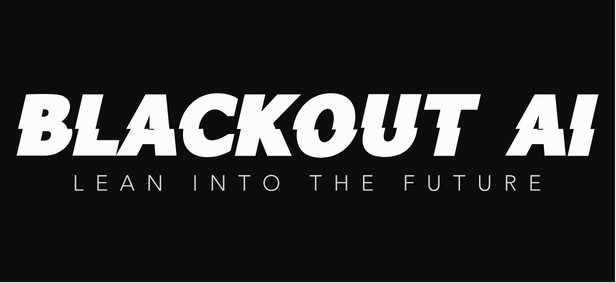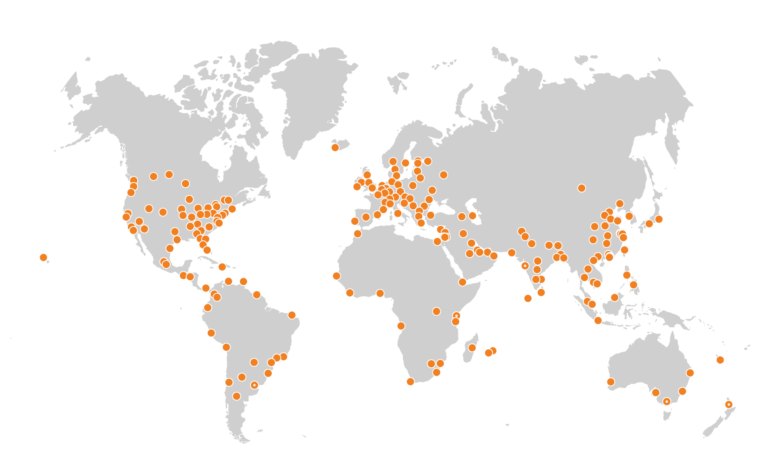AI regulation is the high-stakes version of regulatory chessregulatory chess that tech companies now find themselves in. Every move has the potential to either create innovation or impose unintended limitations. For global infrastructure providers like Cloudflare, this game is especially intricate, involving critical areas like cybersecurity, data privacy, and content moderation, all within a rapidly evolving policy framework.
“No one wants to miss the boat,” says Alissa Starzak, Cloudflare’s Deputy Chief Legal Officer and Global Head of Public Policy, speaking on the rush to regulate AI. However, she also points out the tension between urgency and caution that defines this delicate balancing act Cloudflare must navigate daily.
In a recent interview with Artificial Intelligence News, Starzak discussed how the internet infrastructure giant is helping shape a regulatory framework that fosters innovation while mitigating the risk of emerging cyber threats.
The Conundrum in AI Regulation: Speed vs. Caution
Regulators across the globe face an ongoing dilemma: How do they create regulations fast enough to keep pace with AI advancements, yet carefully enough to avoid stifling innovation? We’ve written about such challenges before. The challenge is exacerbated by the fact that AI’s full potential remains largely undefined. “No one really knows yet,” Starzak emphasized, acknowledging the difficulties of regulating a rapidly evolving, still mysterious technology.
This lack of clarity has prompted the development of speculative frameworks aimed at promoting responsible AI development. One such example is the National Institute of Standards and Technology (NIST) AI risk framework, which Starzak described as a step in the right direction. Voluntary guidelines like these help companies outline AI risk assessments without stifling progress by overly stringent mandates. These guidelines provide a roadmap for companies to foster innovation while safeguarding against emerging risks.
The Tightrope of Global Regulatory Harmonization
One of Cloudflare’s ongoing challenges is navigating the complexities of regulatory harmonization across multiple jurisdictions, especially concerning data protection and privacy. Starzak pointed to the European Union’s General Data Protection Regulation (GDPR) as a prime example of this challenge. GDPR has set a global precedent for privacy norms, but its real-world application doesn’t always align with how the internet operates.
“It doesn’t actually feel like the way the internet necessarily works in practice,” Starzak noted, referring to the hurdles posed by restrictions on cross-border data transfers. This mismatch underscores a broader issue in regulatory frameworks: How can regulations protect consumers and national interests without limiting the global, interconnected nature of the internet?
Starzak stressed the need for regulatory mechanisms that are consistent across jurisdictions while enabling the free flow of information. As Cloudflare continues to support global digital infrastructure, balancing local regulations with international operations remains a core focus.
The Imperative of Targeted, Narrow Actions
Starzak advocates for a more nuanced approach to both cybersecurity and content moderation. Broad, sweeping actions can often do more harm than good, unintentionally disrupting the very systems they aim to protect. She explained that in the context of cybersecurity, proportionate responses are key.
She contrasted targeted actions, such as removing specific harmful content, with more drastic measures like internet shutdowns. “The narrower that you can go, the better off you’re going to be from an open internet standpoint,” she said.
When it comes to content moderation, Cloudflare’s strategy involves distinguishing between different types of services to avoid blanket measures that could stifle free expression. By taking a more granular approach, the company aims to ensure that its policies remain both effective and balanced, fostering a safer digital ecosystem without unnecessarily restricting access to information.
Balancing Innovation and Regulation in AI
AI’s rapid development presents a unique challenge for regulators. Starzak cautioned against the dangers of over-regulation, which could hinder innovation and consolidate market power in the hands of a few dominant players. “If you regulate it too much, you restrict the industry in a very significant way and make it really only available to a very small number of players,” she explained.
Cloudflare supports a regulatory approach that promotes responsible innovation while mitigating risks. This includes the adoption of AI regulation through risk assessment frameworks and encouraging industry self-regulation through measures such as red teaming and model testing. By taking a more self-regulated stance, companies can ensure that AI technologies continue to evolve responsibly without facing excessive government-imposed limitations.
The Path Forward: Collaboration and Flexibility
Starzak emphasized the importance of collaboration between industry, government, and civil society to develop effective, balanced regulations. According to her, the key lies in targeting specific risks and consumer protection rather than imposing broad, one-size-fits-all regulations.
“You have to go in with a purpose,” Starzak said, stressing that regulators need to understand the specific problems they’re trying to solve. Flexibility and adaptability will be crucial as technology continues to evolve. Cloudflare, through ongoing collaboration and a targeted approach, offers a model for how the industry can move forward without sacrificing innovation.
As AI and digital infrastructure continue to evolve, it’s clear that efforts towards AI regulation will require collaboration and flexibility to ensure a balance between security and innovation. The dialogue between tech companies and policymakers must continue to evolve, with all stakeholders working together to strike that balance.
The future of AI and internet infrastructure lies in finding this harmony, and Cloudflare’s approach offers valuable lessons for the tech industry as a whole.
The future of AI and internet infrastructure lies in finding this harmony, and Cloudflare’s approach offers valuable lessons for the tech industry as a whole.
— Blackout AI editors









+ There are no comments
Add yours